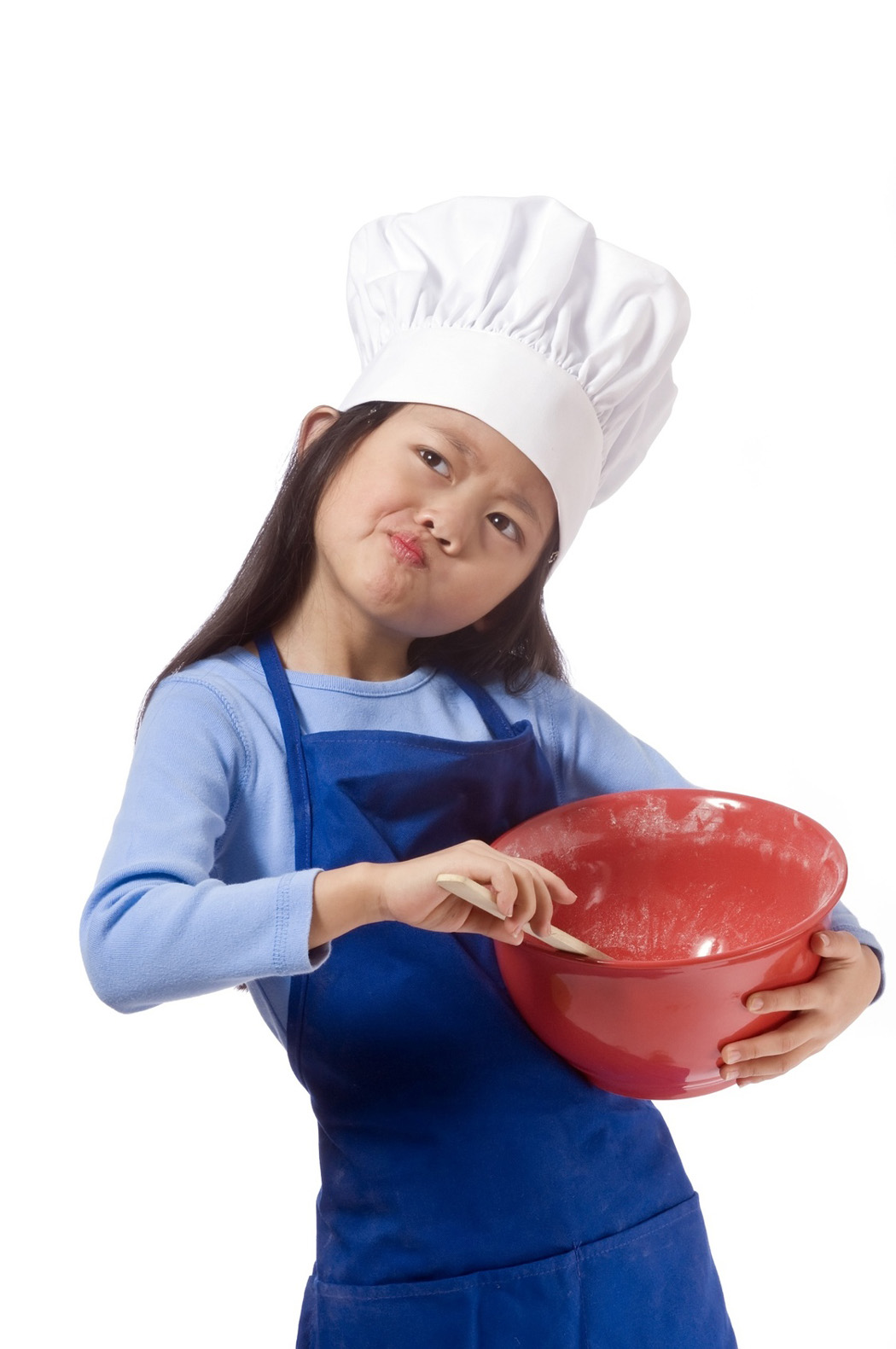Cooking with kids can be a delight! My children, now ages 7 and 9, have helped me in the kitchen since they were old enough to hold a wooden spoon. While we often focus on selecting age appropriate tasks for the children in our lives, it is also important to teach them about safe food practices. When we establish these practices early in life, they become second nature. Here are my top 5 food safety practices for kids in the kitchen:
- Wash hands often. Proper hand washing is essential to prevent the spread of germs. The first step is to wet the hands with comfortably warm running water. Next, apply soap and rub the hands together to create a good lather. Often signing a song like Old McDonald’s Farm or the Alphabet song will make the activity more enjoyable and ensure that the soap has had an adequate amount of time to do its job. Finally, rinse the hands and use a paper towel to dry them. Kids often need reminders to wash their hands, both before they get started and throughout the process.

- Tie back hair and make sure clothing does not present a hazard. No one wants hair in their food, and no one wants food in their hair! When hair is down we tend to play with our hair, touching our hair and faces more often. This can spread germs from our hair and bodies to the food we are making. Just like we don’t want loose hair, we also don’t want loose clothing. Make sure clothing doesn’t have loose sleeves that get in the way or get caught on things. An apron can help to make sure we are both protecting the food and our clothing. From experience, children of all ages love to wear aprons and feel “official” when they are helping in the kitchen.
- Do not sample items containing raw items such as raw eggs. It is always tempting (yes, even for adults) to have a taste of the yummy item we are creating. This often comes in the form of eating raw cookie dough, licking cake batter or sampling the brownie mix. Food containing raw eggs may also contain bacteria that can make your family very sick, so it is best to hold off sampling until the oven timer rings.
- For items that are safe to sample, no licking the spoon! When we lick the spoon and then put the spoon back into the pot, we have just put all of our germs into the pot as well. To safely sample, use a clean spoon (fork, cup, etc.) each time you want a taste.
- A clean kitchen is a food safe kitchen. Whether we are teaching children about using clean utensils, cleaning and sanitizing counter tops, or using separate cutting boards for separate tasks, instilling the importance of a clean kitchen will go a long way in keeping our kitchens both food safe, and a happy place to work.
And for adults working with children in the kitchen, the number one way to teach children to be food safe in the kitchen is to be a good role model! Kids notice what we do and they learn as much, or more, from our actions as they do from our words. So remember to be food safe and happy cooking with the little ones in your life!
Author: Christine Kendle, Extension Educator, Family and Consumer Sciences, Ohio State University Extension.
Reviewer: Linnette Goard, Field Specialist, Food Safety, Selection and Management, Family and Consumer Sciences, Ohio State University Extension.

